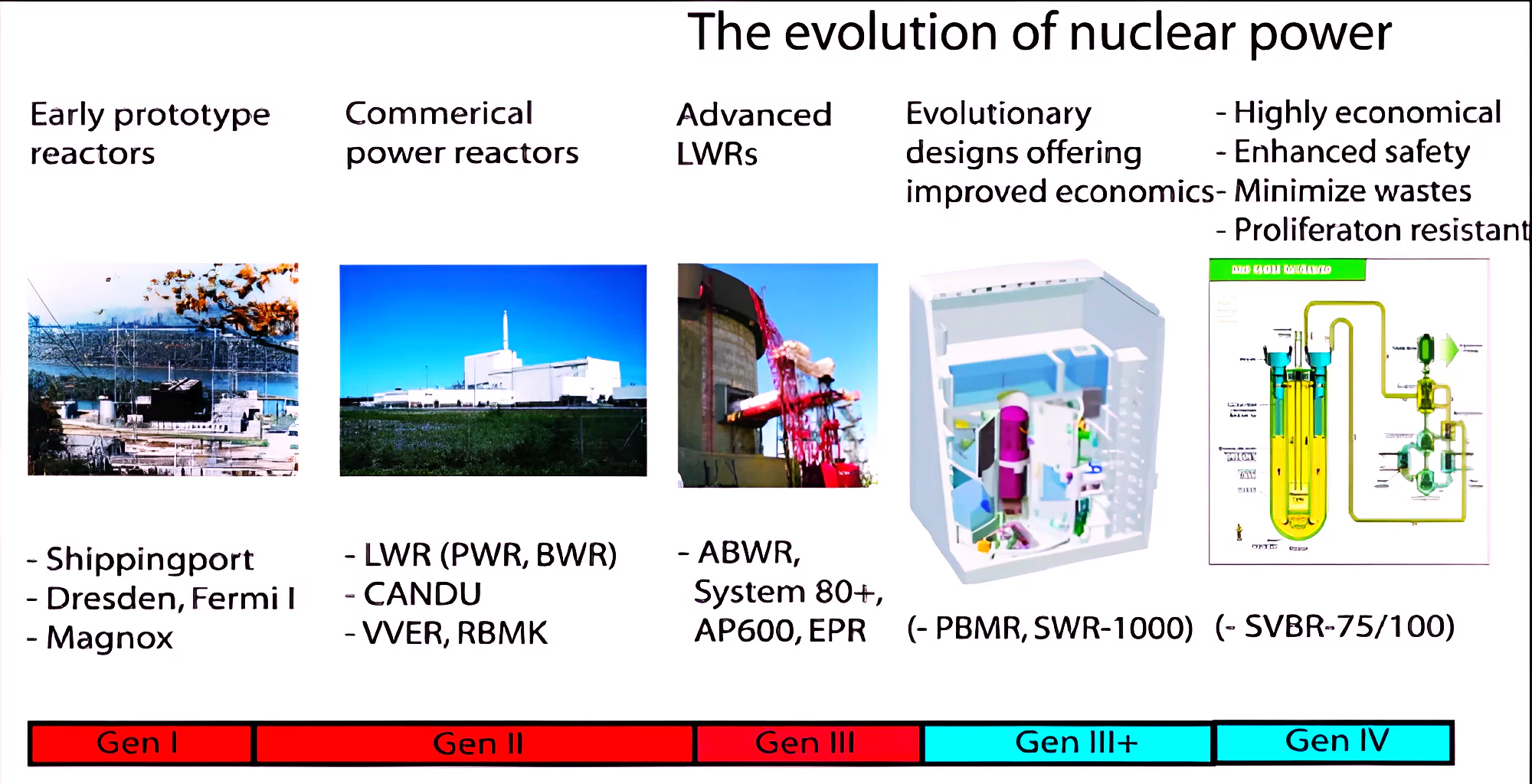Context: According to Chinese State Media, China began commercial operations of the world’s first 4th generation nuclear reactor.
Nuclear Power Development in China
- China has a goal to produce 10% of electricity from nuclear power by 2035 and 18% by 2060.
- As of September 2023, China has not met its 2020 target to install 58 gigawatts of nuclear capacity.
- China has also not signed a pledge at the COP28 climate conference to triple nuclear power capacity by 2050.
- A pledge to triple nuclear generation capacity by 2050 from the base year of 2020 was signed by 22 countries at the UN’s Climate Change Conference in Dubai, including the US, Canada, Japan, France, the UK, and the UAE. India is not part of this pledge
Also Read: Nuclear Power Plants In India 2023
About the Shidaowan Plant: World’s First 4th Generation Nuclear Reactor
- World’s First 4th Generation Reactor: China has begun commercial operations at Shidaowan nuclear power plant.
- It is a 200-megawatt (MW) high-temperature, gas-cooled reactor (HTGCR) plant that uses a modular design. It uses Helium for cooling, unlike conventional reactors which use pressurised water.
- Modular plants refer to those of less than 300MW plants that can be constructed off-site. They can operate in remote locations and power traditionally hard-to-abate heavy industry sectors, but they are too expensive.
- Significance: It is designed to be highly economical as it is fuel efficient, has enhanced safety, and minimizes waste.
Different Generations of Nuclear Reactors
- Generation I: It includes the prototypes and the first industrial-scale reactors developed in the 1950s and 1960s and which were commissioned in the 1970s.

- Generation II: These reactors were commissioned from the 1970s onwards and were designed to improve competitiveness and energy independence due to the high price of fossil fuels (caused by the oil crisis). For example, this generation included pressurized water reactors (PWRs).
- Generation III: It emphasized safety and security, strengthening robustness to external risks by integrating operating experience from second-generation reactors. For example, the European pressurized reactor (EPR).
- Generation IV: The design of Generation IV reactors incorporates several technological advances, and research on these systems is being conducted.
- Criteria for this generation of reactors include sustainability, nuclear safety, economic competitiveness, and nuclear proliferation resistance.
News Source: Reuters
![]() 9 Dec 2023
9 Dec 2023

